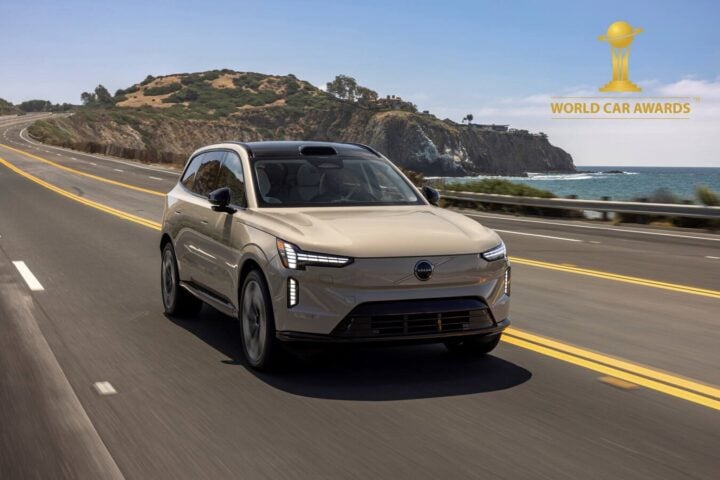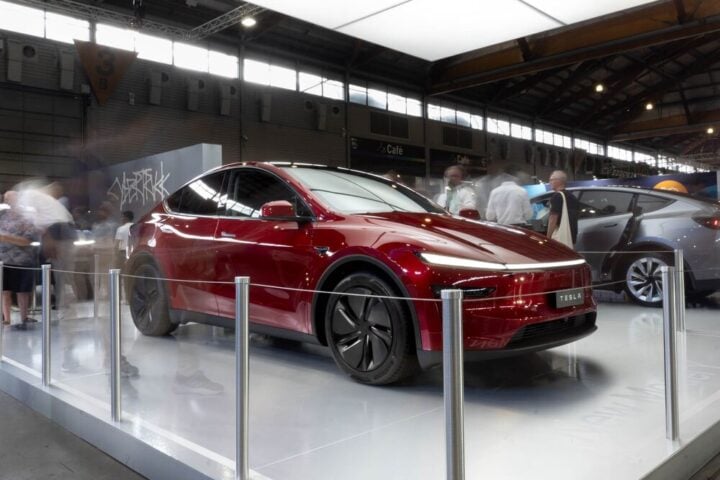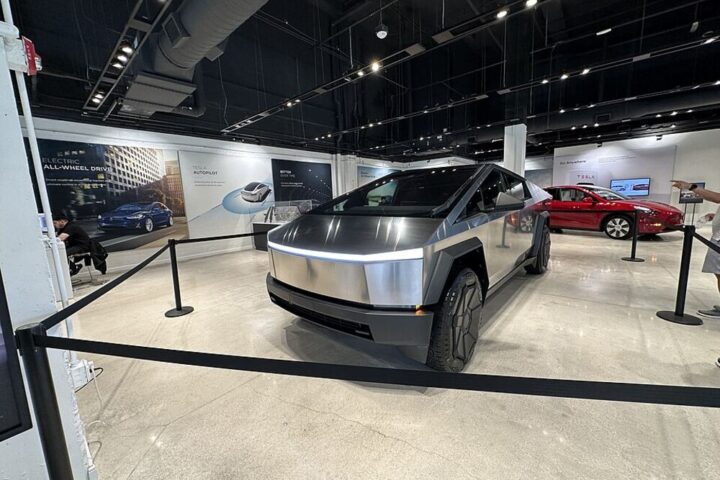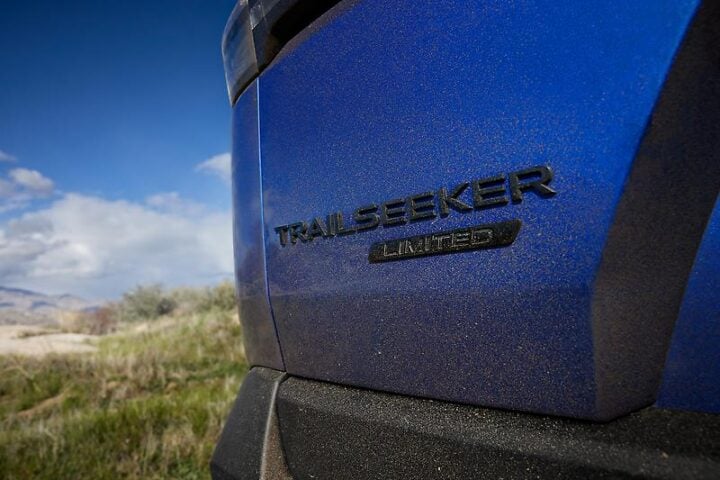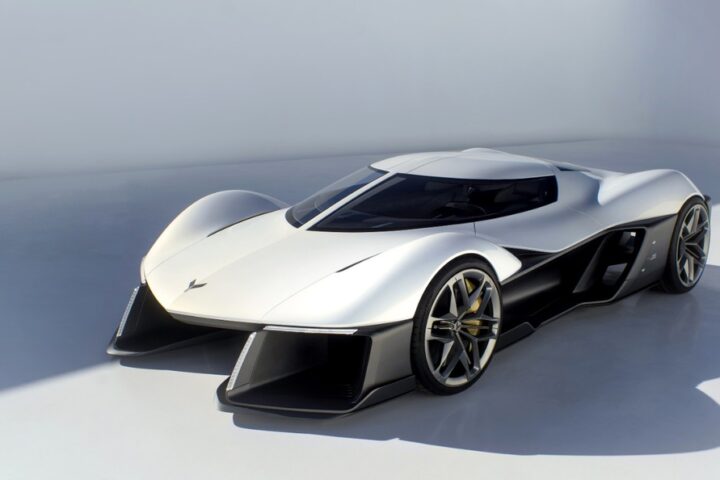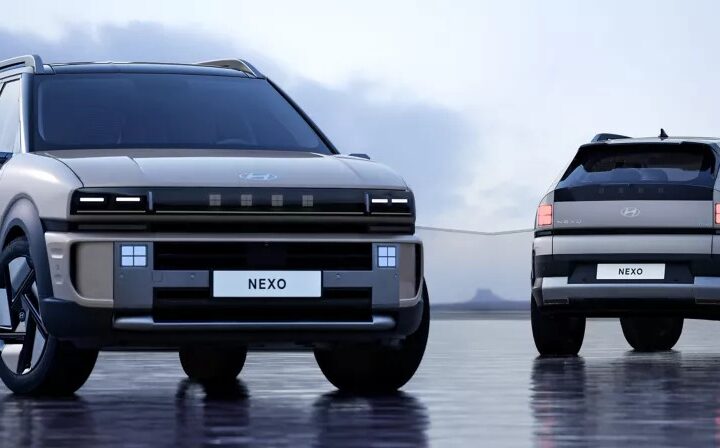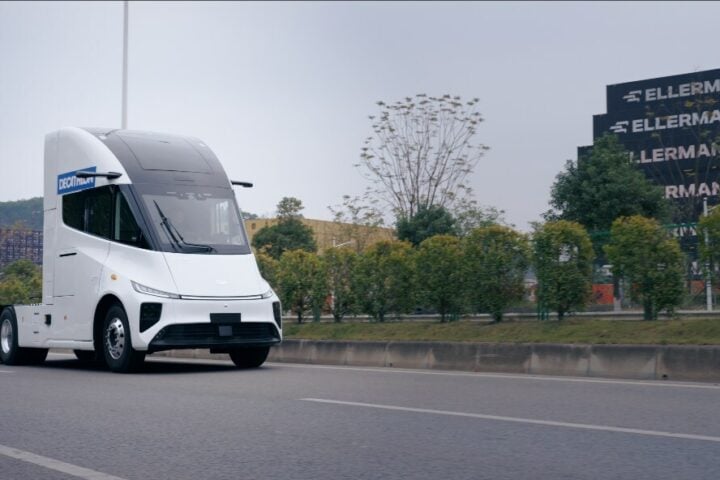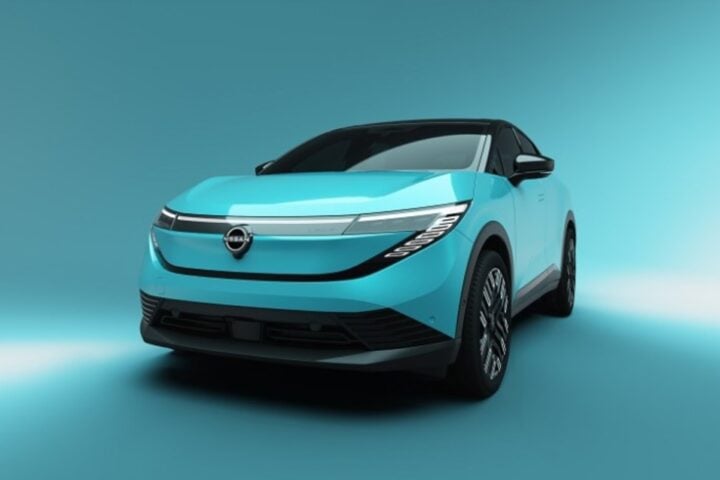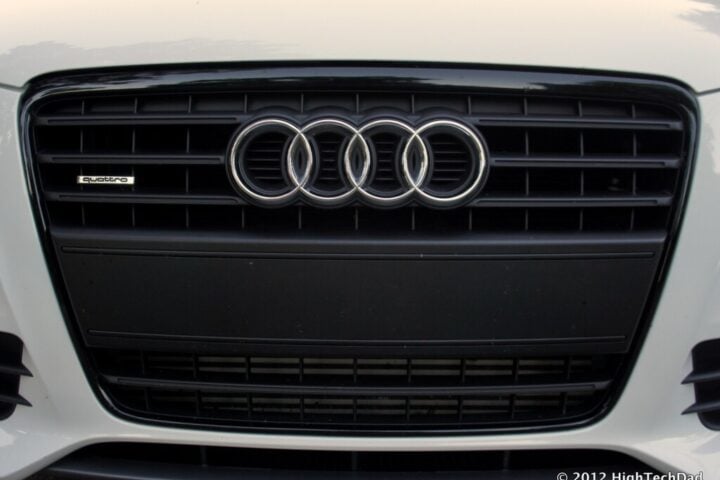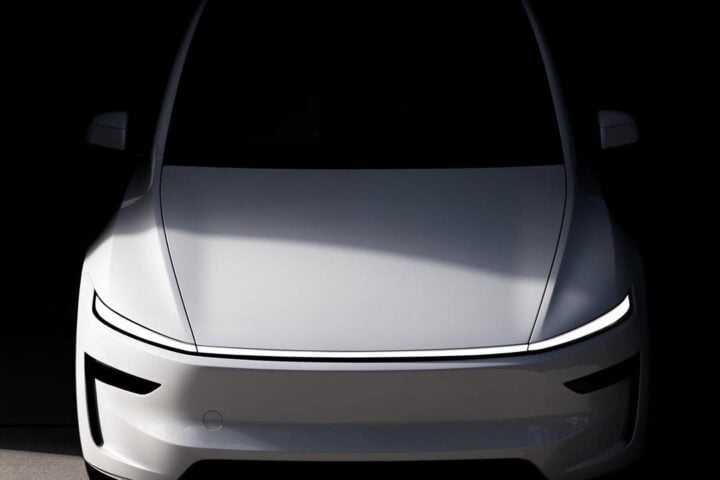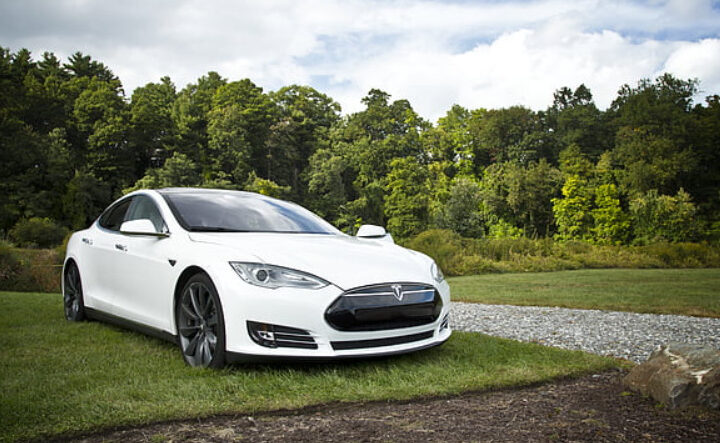The Avatr 12, a collaboration between Changan, CATL, and Huawei, made its grand debut at the IAA Mobility 2023 in Munich. This electric hatchback, boasting up to 578 hp, is set to revolutionize the EV market. Originally, Avatr was a joint venture between Changan New Energy and Nio, established in 2018. Nio’s exit paved the way for CATL, China’s leading battery maker, to step in. While Changan holds a dominant 40% share, CATL isn’t far behind with over 17%. Interestingly, Huawei, though not a shareholder, plays a pivotal role by supplying key components like electric motors.
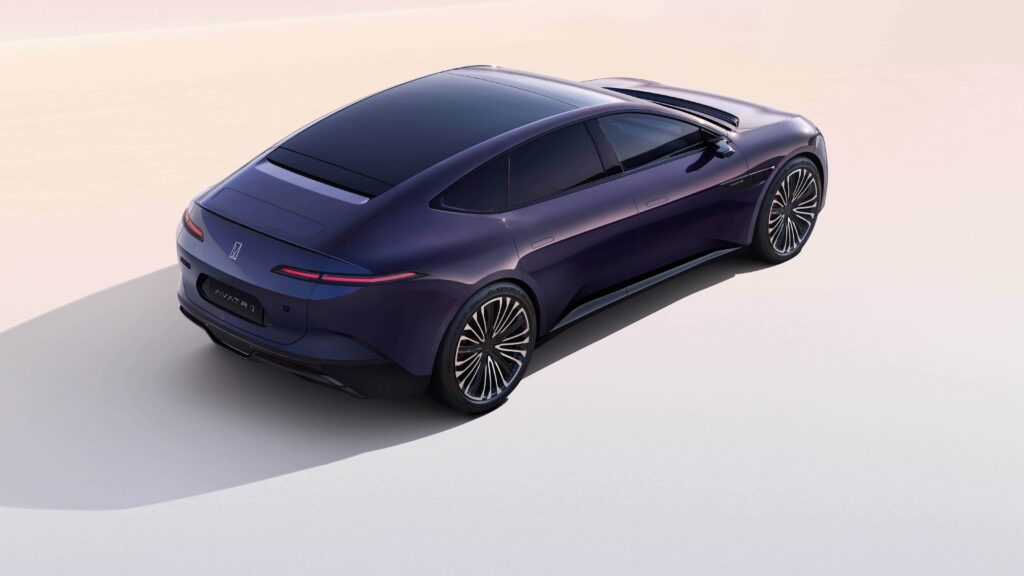
The Avatr 12’s design language is reminiscent of its predecessor, the Avatr 11 SUV. With bi-leveled running lights and an active grille, the Avatr 12 exudes sportiness. Its design has drawn comparisons to the Porsche Panamera and even the Bugatti 16C Galibier on Chinese social media. Dimensions-wise, the Avatr 12 measures 5020/1999/1460 mm, making it slightly more compact than the Panamera. A unique feature is its absence of a rear window, replaced by a panoramic roof, emphasizing the need for its rearview camera. Traditional mirrors are swapped out for side view cameras, showcasing its futuristic design.
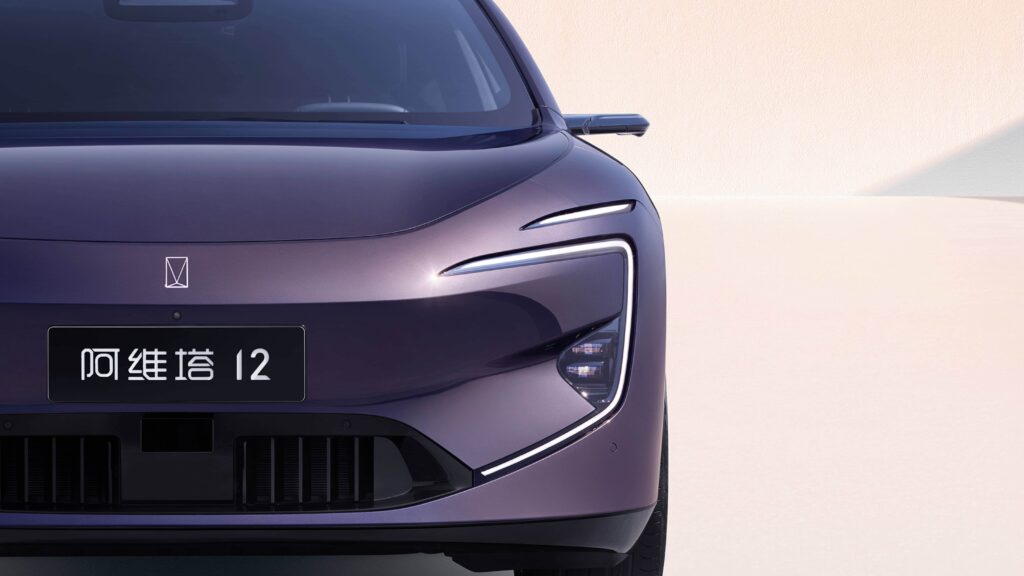
Inside, the car blends minimalism with luxury, featuring a massive touchscreen and an instrument panel nearly a meter long. Two additional screens project images from the side view cameras, enhancing the driver’s field of vision. The Avatr 12’s center tunnel boasts wireless charging pads, cup holders, and a uniquely positioned gear lever. Built on the EP1 architecture, the Avatr 12 supports the CHN platform, a brainchild of Changan, Huawei, and CATL. Buyers can choose between a RWD with 230 kW (313 hp) or a more powerful 4WD with 425 kW (578 hp). The vehicle has already been rigorously tested, enduring both extreme cold and heat. Official photos showcased the Avatr 12 braving the scorching temperatures of the Taklamakan Desert.
Similar Posts
Avatr’s ambitions aren’t limited to China; they’re eyeing the European market, with plans to manufacture their EVs there. The company’s journey began in 2018, with its first model, the 11 SUV, launching in late 2021. Avatr’s European aspirations were evident when they unveiled the 12 sedan, designed in Munich, at Europe’s largest auto show. Avatr CEO, Tan Benhong, hinted at competing with giants like BMW in the premium European market. While the 12 sedan’s design draws inspiration from the Tesla Model 3, it stands out with its unique features and Huawei’s HarmonyOS 4.0. The company is set to utilize CATL’s fast-charging ShenXing LFP cells, though it’s unclear if the 12 sedan will feature them.
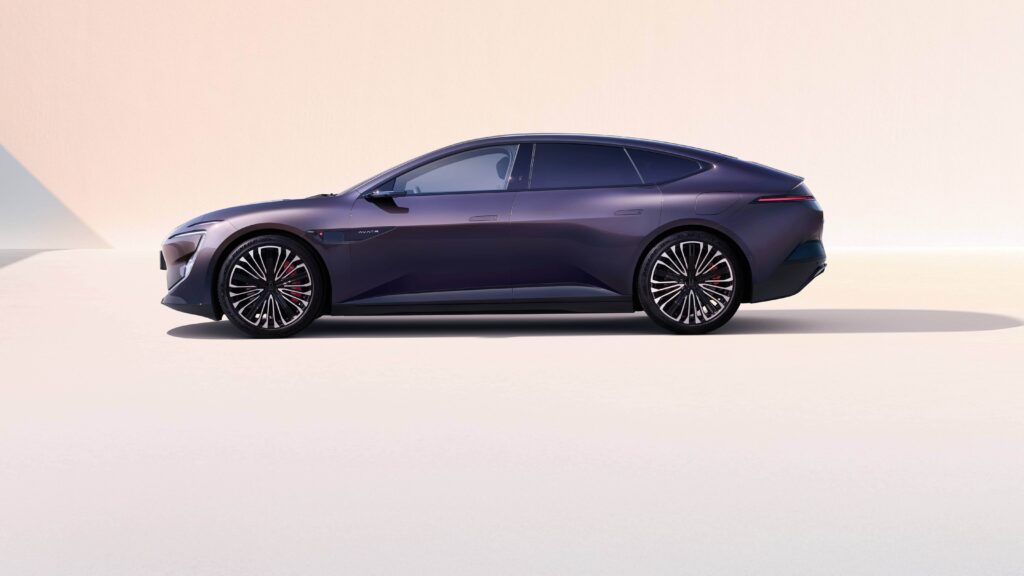
Critics argue that Avatr needs a distinct brand identity to truly compete in Europe’s saturated EV market. However, the backing of Huawei’s software and CATL’s battery tech offers a promising future for the startup. The Avatr 12’s safety features are top-notch, with 29 sensors, including three Lidar sensors, powering the Huawei Advanced Driving System (ADS) 2.0. Chief Design Officer, Nader Faghihzadeh, envisions Avatr as more than a car – it’s a partner for life’s journey. The interior boasts an extended dashboard, resembling a spaceship, and an electrochromic glass roof for adjustable transparency.
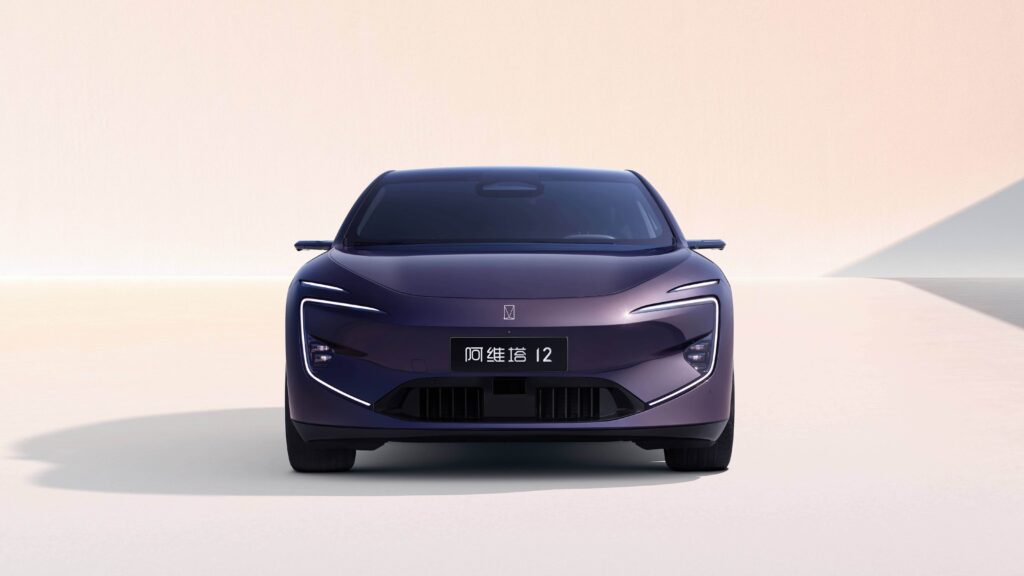
Avatr’s competition is heating up, with giants like Tesla and BYD leading the charge. Spy photos of Avatr’s upcoming E12 sedan hint at a sleek design, set to rival the NIO ET7 and Zhiji L7. The E12’s interior promises advanced tech, featuring a large touchscreen and Huawei’s ADS 2.0 for semi-autonomous driving. Powered by a dual-motor producing 390 kW (526 hp), the E12 promises a range of over 600 kilometers. While official details remain under wraps, the E12’s unveiling is eagerly anticipated in the coming months. As the electric vehicle market evolves, companies like Avatr are pushing boundaries, promising innovative and efficient solutions for the future.



